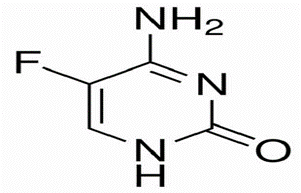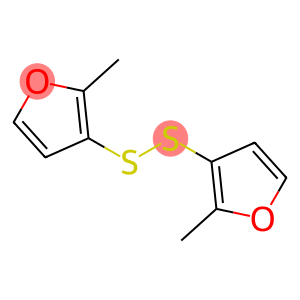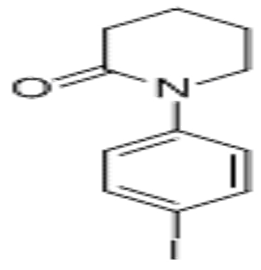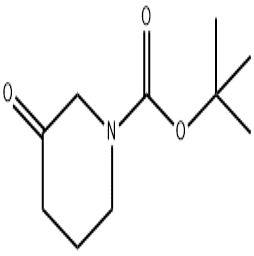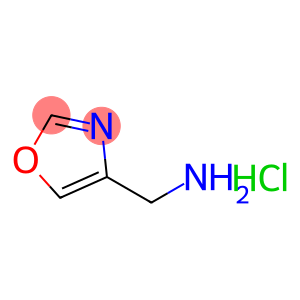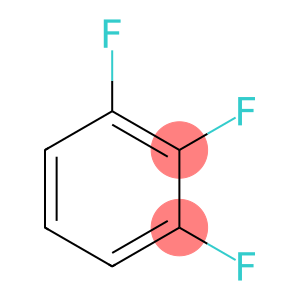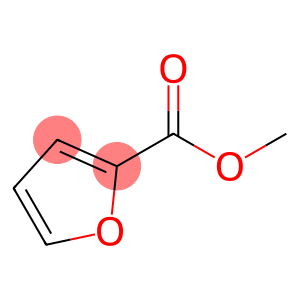5-Fluorocytosine(CAS# 2022-85-7)
Risk and Safety
| Risk Codes | R40 – Limited evidence of a carcinogenic effect R36/37/38 – Irritating to eyes, respiratory system and skin. R63 – Possible risk of harm to the unborn child |
| Safety Description | S22 – Do not breathe dust. S24/25 – Avoid contact with skin and eyes. S45 – In case of accident or if you feel unwell, seek medical advice immediately (show the label whenever possible.) S36/37 – Wear suitable protective clothing and gloves. S36/37/39 – Wear suitable protective clothing, gloves and eye/face protection. S27 – Take off immediately all contaminated clothing. S26 – In case of contact with eyes, rinse immediately with plenty of water and seek medical advice. |
| WGK Germany | 2 |
| RTECS | HA6040000 |
| FLUKA BRAND F CODES | 10-23 |
| HS Code | 29335990 |
| Hazard Note | Toxic/Light Sensitive |
| Hazard Class | IRRITANT, LIGHT SENS |
| Toxicity | LD50 in mice (mg/kg): >2000 orally and s.c.; 1190 i.p.; 500 i.v. (Grunberg, 1963) |
5-Fluorocytosine(CAS# 2022-85-7) Introduction
quality
This product is a white or off-white crystalline powder, odorless or slightly odorous. Slightly soluble in water, solubility of 1.2% at 20 °C in water, slightly soluble in ethanol; It is almost insoluble in chloroform and ether; Soluble in dilute hydrochloric acid or dilute sodium hydroxide solution. It is stable at room temperature, precipitates crystals when cold, and a small part is converted into 5-fluorouracil when heated.
This product is an antifungal drug synthesized in 1957 and used in clinical practice in 1969, with obvious antibacterial effect on Candida, cryptococcus, coloring fungi and Aspergillus, and no inhibitory effect on other fungi.
Its inhibitory effect on fungi is due to its entry into the cells of sensitive fungi, where under the action of nucleopyine deaminase, removes amino groups to form the antimetabolite-5-fluorouracil. The latter is transformed into 5-fluorouracil deoxynucleoside and inhibits thymine nucleoside synthetase, blocks the conversion of uracil deoxynucleoside into thymine nucleoside, and affects DNA synthesis.
use
Antifungals. It is mainly used for mucocutaneous candidiasis, candidal endocarditis, candidal arthritis, cryptococcal meningitis and chromomycosis.
Usage and dosage Oral, 4~6g a day, divided into 4 times.
security
Blood counts should be checked regularly during the administration. Patients with liver and kidney insufficiency and blood diseases and pregnant women should use with caution; Contraindicated in patients with severe renal insufficiency.
Shading, airtight storage.


